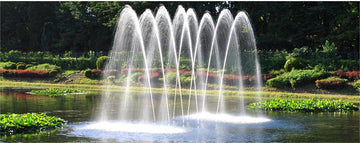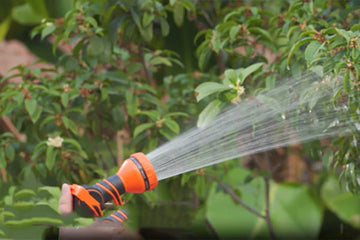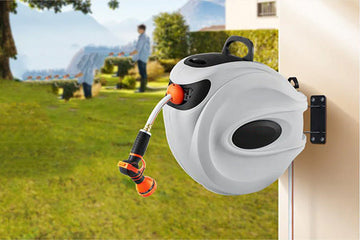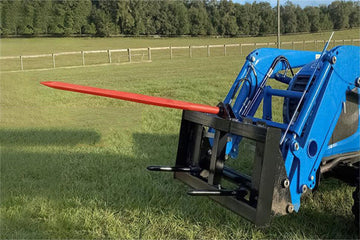Pumps are vital components that require regular maintenance and occasional troubleshooting to ensure their longevity and efficient operation. By following proper maintenance practices and addressing any issues promptly, you can extend the life of your pump and avoid costly breakdowns. This blog provides helpful tips and insights on how to maintain and troubleshoot your pump effectively.
Regular Maintenance: Prevention is Key
Regular maintenance is essential for keeping your pump in optimal condition. Create a maintenance schedule and follow it diligently. Some key maintenance tasks include:
Inspecting and cleaning intake screens or filters to prevent clogging.
Lubricating bearings and moving parts as per the manufacturer's guidelines.
Checking for leaks, loose connections, or signs of wear and tear.
Verifying and adjusting motor alignment.
Testing safety features and controls for proper functionality.
By performing regular maintenance, you can identify and address minor issues before they escalate into major problems, avoiding unnecessary downtime and expensive repairs.
Proper Storage: Protecting Your Pump During Off-Season
If you have a pump that is only used seasonally, proper storage is crucial to maintain its performance and prevent damage. Before storing the pump, ensure that it is thoroughly clean and free from any debris or residual water. Disconnect all power sources and drain any remaining fluids to avoid freezing or corrosion. Store the pump in a dry, cool, and well-ventilated area, and cover it with a protective material to prevent dust or pests from entering. Following these storage practices will help preserve your pump's integrity during periods of inactivity.
Troubleshooting Common Pump Issues: Quick Fixes for Efficiency
Despite proper maintenance, pumps may encounter occasional issues. Knowing how to troubleshoot common problems can save you both time and money. Some common issues and their potential causes include:
Low pressure or flow rate: Check for clogged filters, impeller damage, or air leaks in the suction line.
Excessive noise or vibration: Inspect for loose or misaligned components, worn bearings, or motor issues.
Motor failure or overheating: Ensure proper voltage supply, check motor bearings, and monitor motor temperature.
Leakage: Investigate for worn seals, damaged gaskets, or loose connections.
By identifying and addressing these issues promptly, you can restore your pump's efficiency and prevent further damage.
GARVEE Professional Assistance: When to Seek Expert Help
While regular maintenance and troubleshooting can resolve many pump issues, there may be situations where professional assistance is required. If you encounter complex problems or if the pump requires repairs beyond your expertise, it is advisable to consult a professional pump technician. These experts have specialized knowledge and tools to diagnose and repair pump issues efficiently. Seeking professional help ensures that your pump is handled with care, minimizing the risk of further damage.
In conclusion, proper maintenance and timely troubleshooting are vital for maximizing the lifespan and efficiency of your pump. By adhering to a regular maintenance schedule, practicing proper storage techniques, and promptly addressing any issues that arise, you can ensure your pump operates at its best for years to come. Familiarize yourself with common pump issues and their potential causes to troubleshoot minor problems effectively. However, remember that professional assistance is always available when needed. By following these guidelines, you can prolong the life of your pump, avoid costly repairs, and enjoy reliable pumping performance.
Agriculture & Garden














